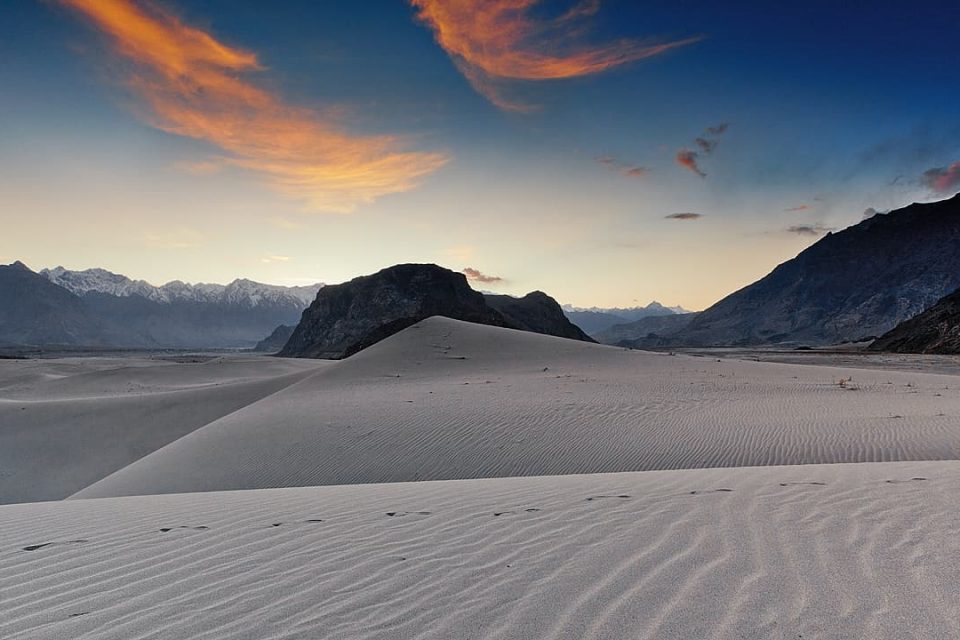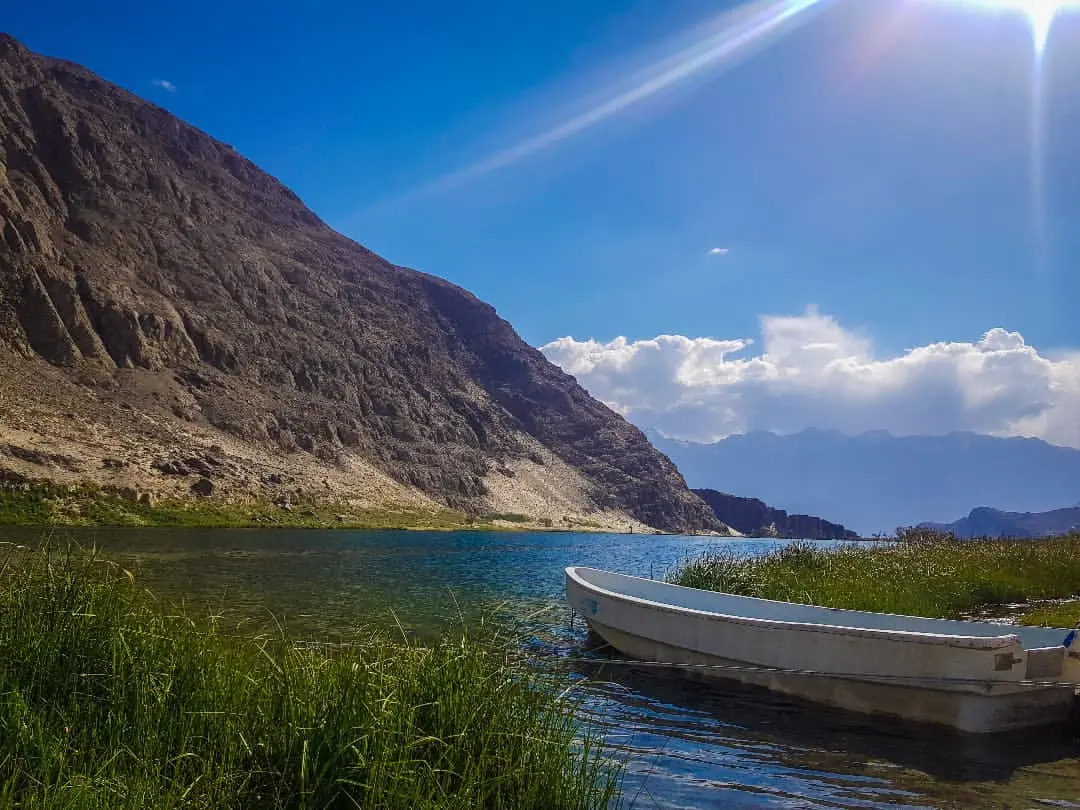Shigar Valley
Shigar Valley – The Gateway to Beauty, History, and the Karakorams
Nestled in the heart of Gilgit-Baltistan, just 32 kilometers from Skardu, lies one of Pakistan’s most enchanting travel destinations — Shigar Valley. Known as the Gateway to the Karakoram, Shigar is where ancient history, vibrant culture, and majestic landscapes converge. For anyone looking to explore the unexplored, experience cultural heritage, or set out on a trekking adventure, Shigar Valley is a must-visit.
In this blog, we will explore everything about Shigar Valley — its natural wonders, historical landmarks, local traditions, and why it stands out among the best places to visit in Skardu and Gilgit-Baltistan.
Where Is Shigar Valley Located?
Shigar Valley is located in the Baltistan region, roughly a 40-minute drive from Skardu city. The valley lies along the banks of the Shigar River, a tributary of the mighty Indus River, surrounded by the towering peaks of the Karakoram Range.
Thanks to its unique location, Shigar serves as a base for expeditions heading to K2, Broad Peak, and Concordia, making it a major hub for mountaineering tourism in Pakistan.
Shigar Fort – A Glimpse into Royal Heritage
The crown jewel of Shigar Valley is undoubtedly the Shigar Fort, also known as Fong Khar (meaning “The Palace on the Rock” in Balti). Originally built in the 17th century by the Raja of Shigar, the fort has been beautifully restored by the Aga Khan Trust for Culture and now operates as a heritage hotel managed by Serena Hotels.
Walking through Shigar Fort feels like stepping back in time. Visitors can explore ancient Balti architecture, royal artifacts, and historical rooms while enjoying stunning views of the surrounding valley.
Shigar Fort is a prime example of heritage conservation in Pakistan, and a key attraction for cultural tourism in Gilgit-Baltistan.
Natural Beauty and Landscape
Shigar Valley is a paradise for nature lovers. With its fruit orchards, turquoise rivers, rugged cliffs, and snow-capped peaks, the valley offers a landscape that changes with every turn of the road.
In spring, cherry blossoms blanket the valley, while summer brings lush greenery and wildflowers. Autumn covers the valley in golden hues, and in winter, Shigar transforms into a snowy wonderland.
This makes it an ideal destination for seasonal tourism and landscape photography throughout the year.

Trekking and Adventure Tourism
Shigar is the starting point for many world-class treks and climbs. From here, mountaineers and trekkers head toward Askole village, the last human settlement before the wilderness of K2 Base Camp and Baltoro Glacier.
Some popular treks from Shigar Valley include:
- Askole to Concordia Trek
- Basho Valley Trek
- Kharphocho Fort Hike
- Nansoq Organic Village Trail
For those not ready for intense treks, Shigar also offers light hikes, jeep safaris, and scenic drives to nearby valleys like Basho, Braldo, and Kharmang.
Cultural Immersion and Local Life
The people of Shigar are predominantly Balti Muslims, known for their hospitality, simplicity, and deep-rooted traditions. The Balti language is widely spoken, and visitors will also find influences of Tibetan, Persian, and Central Asian cultures in local music, food, and festivals.
A walk through Shigar’s villages introduces you to traditional Balti houses, old mosques made of wood and mud, watermills, and lush fields of barley and potatoes.
If you’re interested in cultural tourism in Pakistan, staying in a homestay or visiting a local guesthouse in Shigar offers a truly immersive experience.
Top Attractions in and Around Shigar Valley
Here are some must-visit places in Shigar Valley for your travel itinerary:
1. Shigar Fort (Fong Khar)
– A 400-year-old fort turned into a luxury hotel and museum.
2. Amburik Mosque
– One of the oldest wooden mosques in Baltistan with Tibetan-Islamic architecture.
3. Shigar River
– Ideal for picnics, riverside camping, and photography.
4. Cold Desert
– A surreal desert with sand dunes surrounded by snow-covered mountains.
5. Kharphocho Fort
– Perched on a hill near Skardu, offering panoramic views of the valley.

When Is the Best Time to Visit Shigar Valley?
The best time to visit Shigar Valley is between April and October. Each season brings a different color to the valley:
- Spring (April-May): Cherry and apricot blossoms.
- Summer (June-August): Pleasant weather, ideal for trekking and sightseeing.
- Autumn (September-October): Orange and red foliage; great for photography.
Winters are harsh, but ideal for those who want to experience snow-covered Baltistan and explore winter tourism in the north.
How to Reach Shigar Valley
Getting to Shigar Valley is relatively easy:
By Air:
Fly to Skardu Airport from Islamabad (PIA runs regular flights). From Skardu, Shigar is just 32 km by road.
By Road:
You can drive from Islamabad via the Karakoram Highway and Jaglot-Skardu Road. The journey takes around 20-22 hours by car or bus.
Jeep rentals and local transport are easily available in Skardu for day trips or overnight stays in Shigar.
Travel Tips for Visiting Shigar Valley
- Respect Local Culture: Dress modestly and be polite when visiting villages or religious sites.
- Cash is King: Carry enough cash; ATMs are not always available.
- Stay Connected: SIM cards from SCO or Zong work best in this region.
- Photography Etiquette: Always ask for permission before photographing locals.
Final Thoughts
Shigar Valley is not just a destination — it's a soulful experience. Whether you're a history buff, an adventure seeker, or a peace-loving traveler, this valley offers something for everyone. Its blend of natural beauty, cultural depth, and historical significance makes it one of the top places to visit in Gilgit-Baltistan.
As tourism in northern Pakistan continues to grow, Shigar Valley remains a shining example of what makes the region so special: warm people, breathtaking views, and a story waiting to be discovered.
